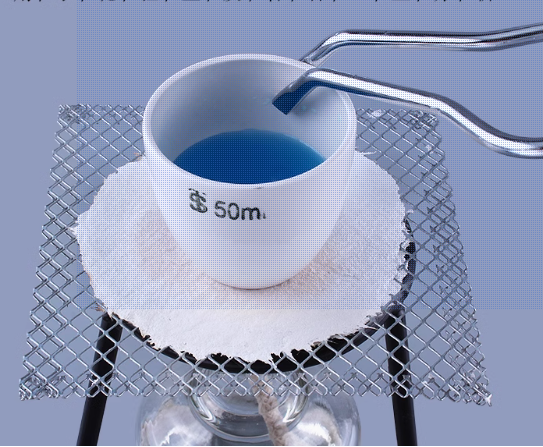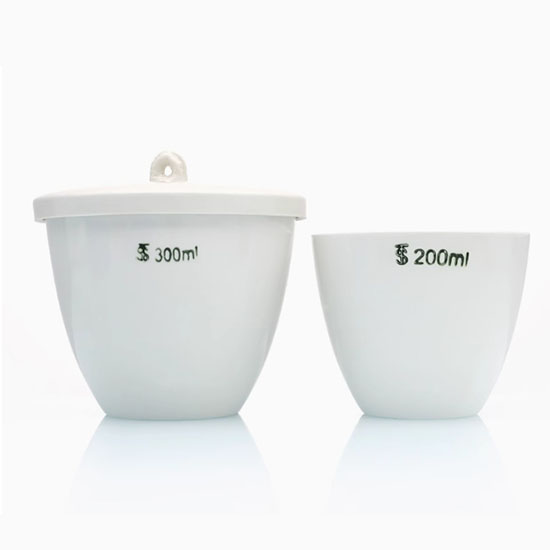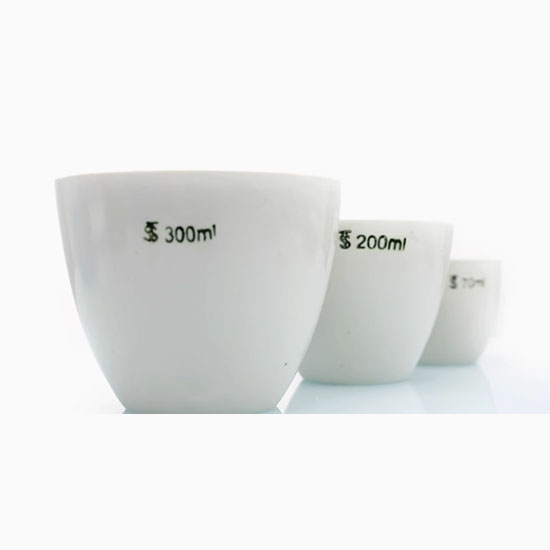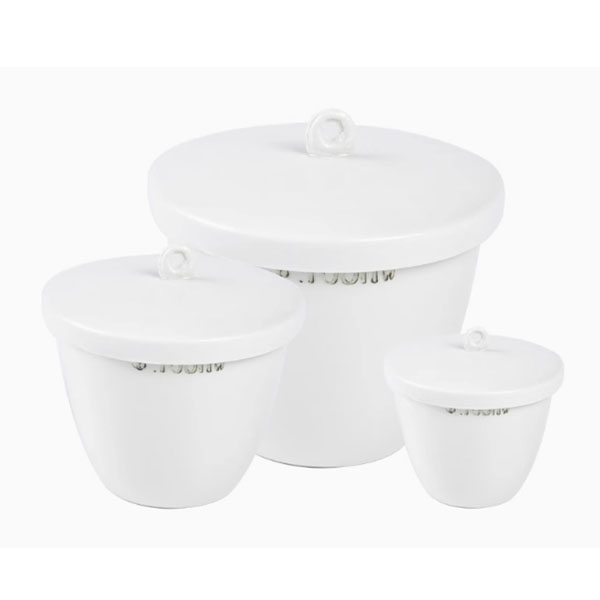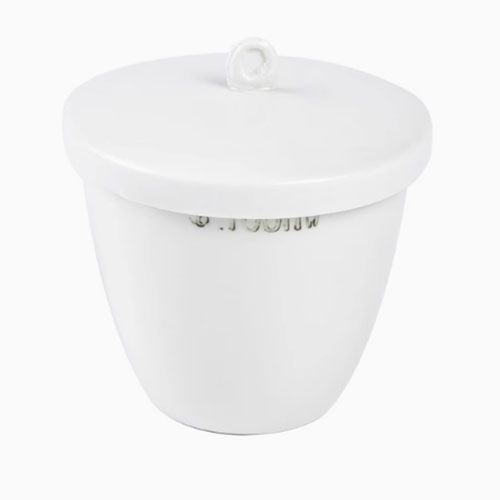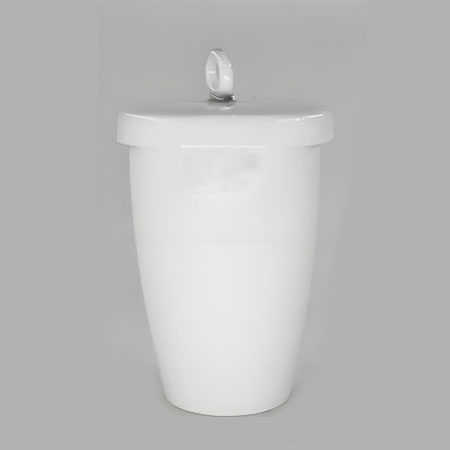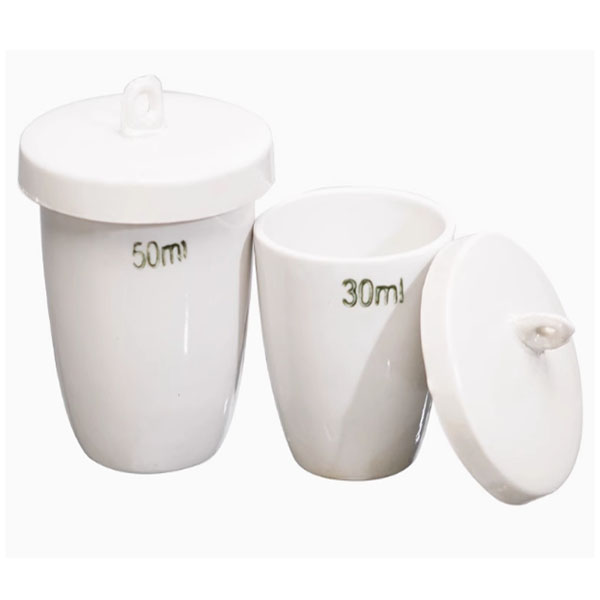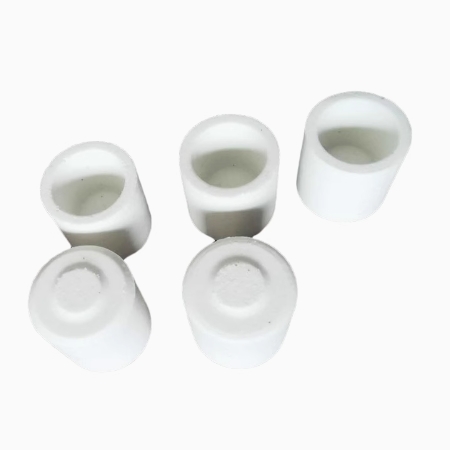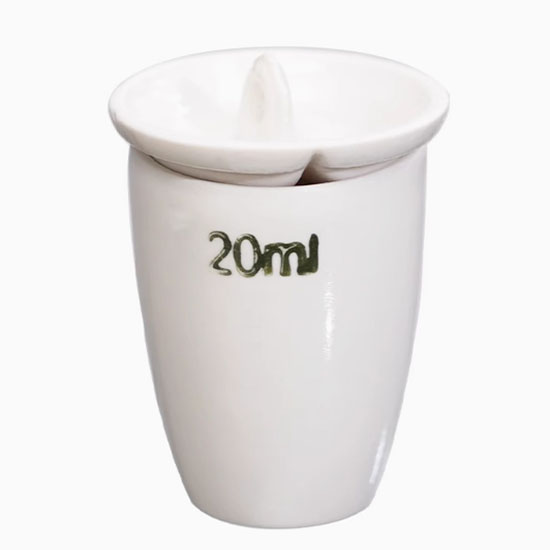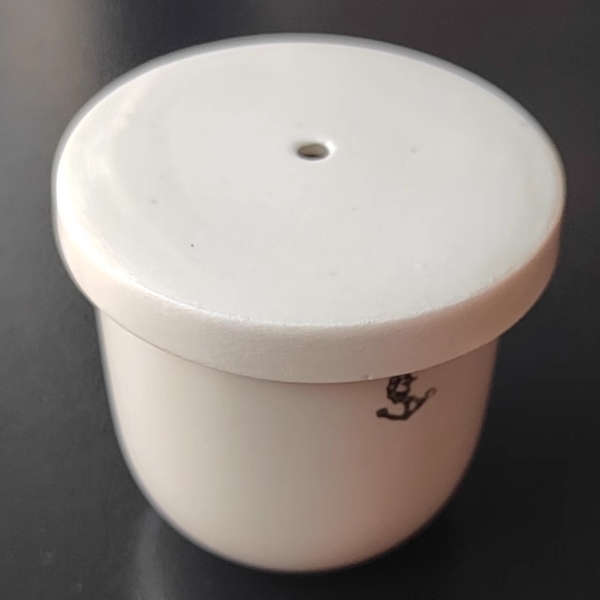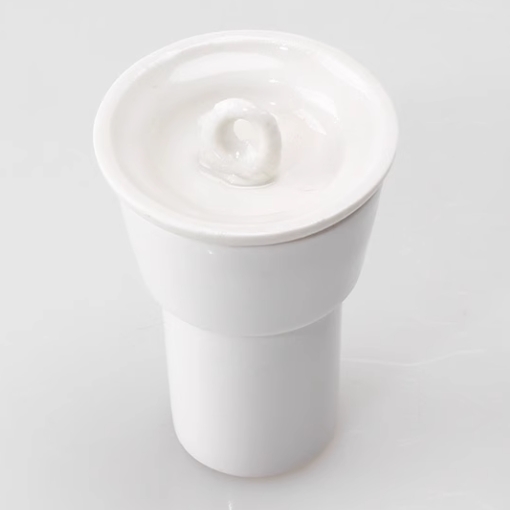tiandi@tiandicn.com / lab-glassware@tiandicn.com
+86-515-88631536 / +86 13912566435
+ 86 19551521639
Tiandilabware
Product features
(1) Reasonable structural design: The wall height is moderate, taking into account a large volume and good heating uniformity, reducing the risk of sample splashing and volatilization loss, and the round bottom is conducive to uniform heat distribution.
(2) Good high temperature resistance: it can withstand high temperatures of about 1200°C, and some non-glazed products can withstand 1350°C, which can meet the requirements of various high-temperature experiments and production processes.
(3) Strong chemical stability: It has good corrosion resistance to most chemical substances and is suitable for melting samples of a variety of acidic substances, but it cannot be used for melting alkaline substances as flux and in contact with hydrofluoric acid.
(4) Low thermal conductivity: It can effectively reduce heat loss and improve heating efficiency, which not only saves energy but also protects operators from high temperature burns.
(5) Excellent insulation performance: Good insulation performance can avoid leakage during the heating process and ensure experimental safety.
In addition, the medium-wall crucible has the advantages of high operational convenience, easy cleaning and maintenance, and strong versatility.
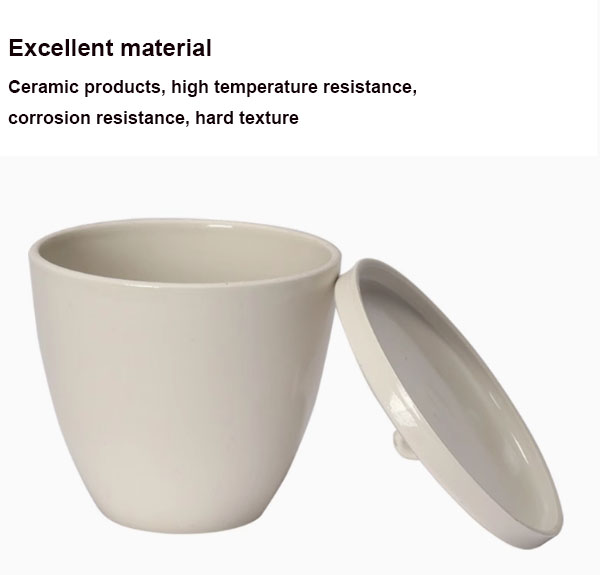
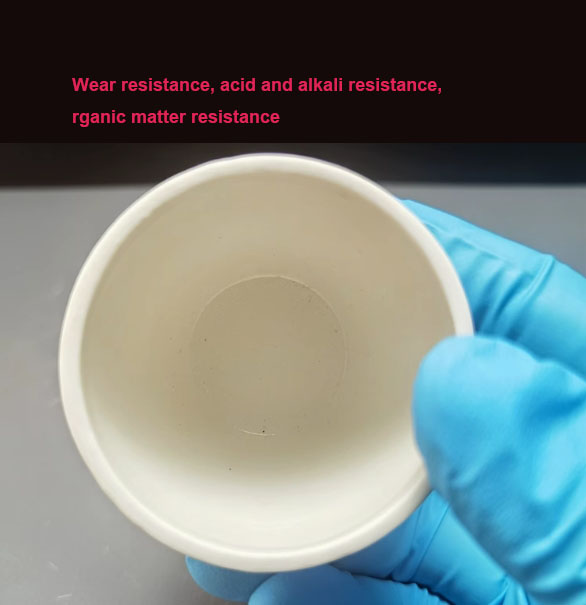
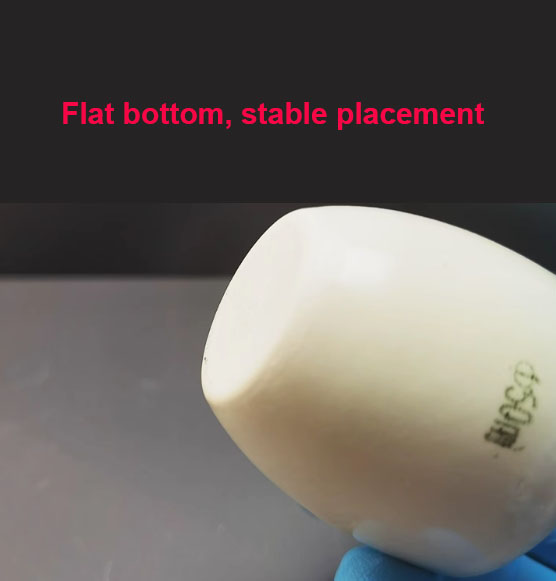
Product specifications
| Item NO. | Capacity(ml) | Rim Diam(mm) | Bottom Diam(mm) | Height(mm) |
| C-17 | 5 | 25 | 16> | 21 |
| C-18 | 10 | 30 | 20> | 28 |
| C-18-1 | 15 | 35 | 21> | 30 |
| C-20 | 20 | 38 | 22> | 32 |
| C-21> | 25> | 40> | 23> | 36> |
| C-22> | 30> | 42> | 24> | 41> |
| C-23> | 40> | 48> | 26> | 42> |
| C-24> | 50> | 53> | 30> | 46> |
| C-24-1> | 70> | 58> | 32> | 59> |
| C-25> | 100> | 63> | 34> | 57> |
| C-26> | 150> | 77> | 39> | 63> |
| C-27> | 200> | 82> | 41> | 70> |
| C-28> | 300> | 90> | 43> | 78> |
Product applications
(1) Chemical analysis: used for pretreatment processes such as ashing and melting of samples to facilitate subsequent chemical analysis, such as element content determination, composition analysis, etc.
(2) Material preparation: In the field of materials science, it is often used to prepare high-temperature ceramic materials, metal oxides, etc., and obtain the required material properties through high-temperature sintering processes.
(3) Metallurgical industry: It can be used in metal smelting, refining and other processes, providing important experimental means for metallurgical research and production.
